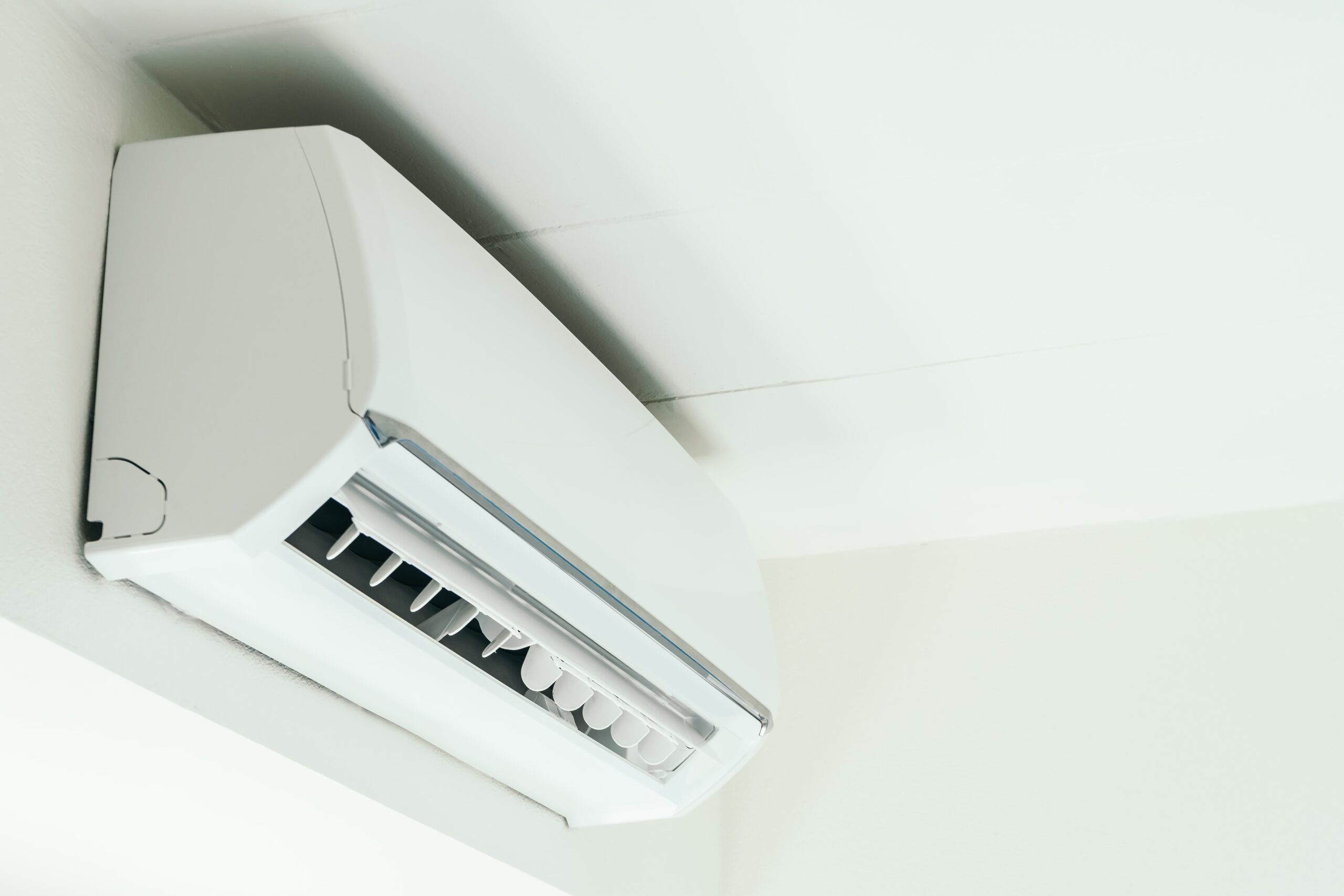Air conditioning systems have become an essential part of modern living, providing relief from hot weather by cooling indoor spaces. But while we enjoy the comfort of a cool home or office, many people don’t fully understand what an air conditioning system is and how it works. In this post, we’ll break down the basics of air conditioning systems, explore the different types available, and explain how they keep your indoor environment comfortable.
What Is an Air Conditioning System?
An air conditioning system is a device or set of devices that remove heat from an indoor space, lowering the temperature to create a cooler, more comfortable environment. Most air conditioning systems not only cool the air but also help control humidity levels, making the air inside your home or office more comfortable during hot and humid weather.
Air conditioners come in various types and sizes, ranging from small window units to large central systems designed to cool entire buildings. No matter the type, all air conditioning systems work on the same basic principle of transferring heat from inside the building to the outside.
The Main Components of an Air Conditioning System
To understand how an air conditioning system works, it’s important to know the key components involved:
- Refrigerant – A special fluid that absorbs heat and is critical to the cooling process.
- Compressor – Compresses the refrigerant to raise its temperature and pressure, preparing it to release the heat it has absorbed.
- Condenser Coils – Located in the outdoor unit, these coils release the absorbed heat to the outside environment.
- Evaporator Coils – Located in the indoor unit, these coils absorb heat from the indoor air, cooling it down.
- Expansion Valve – Reduces the pressure of the refrigerant, allowing it to cool down before passing through the evaporator coils.
- Fan – Circulates the cool air through your home or office.
How Does an Air Conditioning System Work?
The operation of an air conditioning system is based on a simple cycle of heat exchange. Here’s a step-by-step look at how the system cools your home:
- Warm Air Is Pulled In
The process begins when warm air from inside your home or office is drawn into the air conditioning system through vents or ducts. - Heat Is Absorbed by the Refrigerant
Inside the indoor unit, the warm air passes over the evaporator coils, which contain refrigerant. The refrigerant absorbs the heat from the air, causing the air to cool down. - The Compressor Increases Pressure
After absorbing heat, the refrigerant is pumped to the outdoor unit’s compressor. The compressor increases the pressure and temperature of the refrigerant, preparing it to release the absorbed heat. - Heat Is Released Outdoors
The heated refrigerant is then passed through the condenser coils in the outdoor unit, where it releases the absorbed heat into the outside air. As the refrigerant loses heat, it cools down and changes back into a liquid form. - Cool Air Is Circulated Back Indoors
The now-cool refrigerant flows back into the indoor unit, passing through the expansion valve, which lowers its pressure even further. The refrigerant once again flows through the evaporator coils, absorbing more heat. As the process continues, cool air is circulated back into your living space. - Cycle Repeats
This cycle continues, with the system drawing in warm air, cooling it, and circulating it back into the room until the desired indoor temperature is reached.
Types of Air Conditioning Systems
There are different types of air conditioning systems to suit various needs and spaces. Here are some of the most common options:
- Central Air Conditioning
Central AC is a popular choice for cooling entire homes or large buildings. It uses a network of ducts to distribute cool air evenly throughout the space. Central AC systems are efficient and effective, particularly for larger properties. - Window Units
Window air conditioners are compact systems designed to cool individual rooms. They are affordable and easy to install, making them a good choice for apartments or small spaces. - Split Systems
Split systems consist of an indoor and an outdoor unit, connected by refrigerant lines. They offer the efficiency of central AC without the need for extensive ductwork, making them a versatile option for homes and businesses. - Portable Air Conditioners
Portable AC units are movable devices that can be used to cool individual rooms. They are ideal for spaces where installing a window or central unit is not feasible.
Benefits of Air Conditioning Systems
Air conditioning systems offer several key benefits beyond just cooling your space:
- Comfort
By lowering the temperature and controlling humidity levels, air conditioners create a more comfortable environment indoors, even during extreme heat. - Air Quality
Many modern air conditioning systems filter out pollutants, allergens, and dust, improving indoor air quality. - Health
Air conditioning can help prevent heat-related health issues, such as heatstroke, by keeping indoor temperatures at a safe level.
Conclusion
An air conditioning system is essential for creating a comfortable indoor environment during hot weather. Whether you choose a central AC system to cool your entire home or a portable or window unit for smaller spaces, the basic principle is the same: the system removes heat from the air inside your home and transfers it outside.
If you’re in Dorset or the surrounding areas like Hampshire, Somerset, or Wiltshire, and need expert advice or services for your air conditioning system, Ellis Refrigeration is here to help. We offer professional installation, maintenance, and repair services to ensure your system is running smoothly year-round. To schedule a service or learn more, give us a call at 03330910328.
